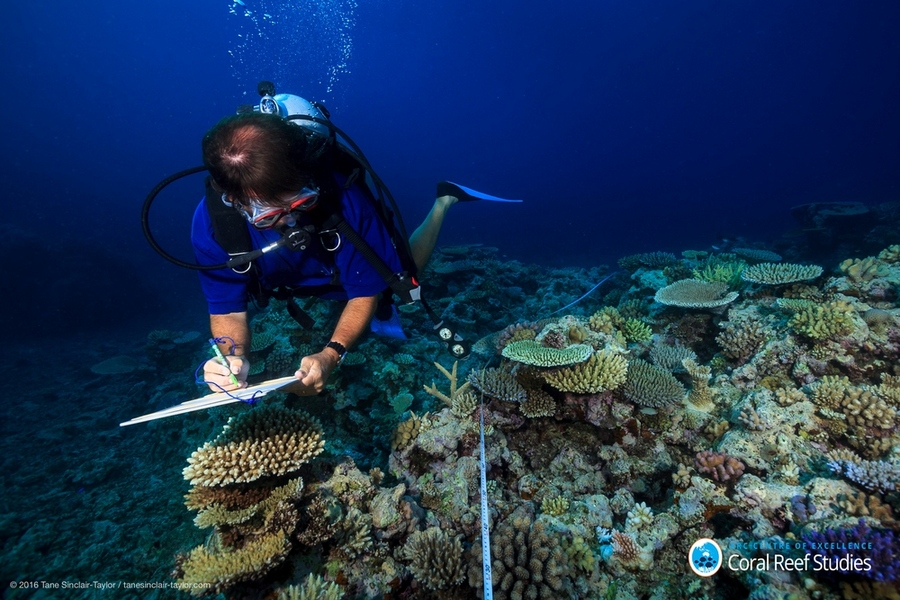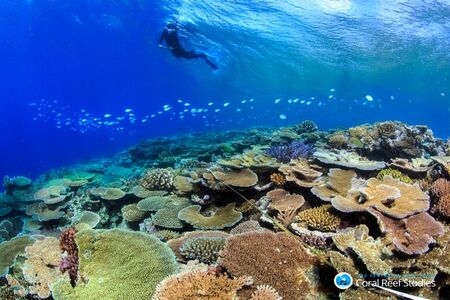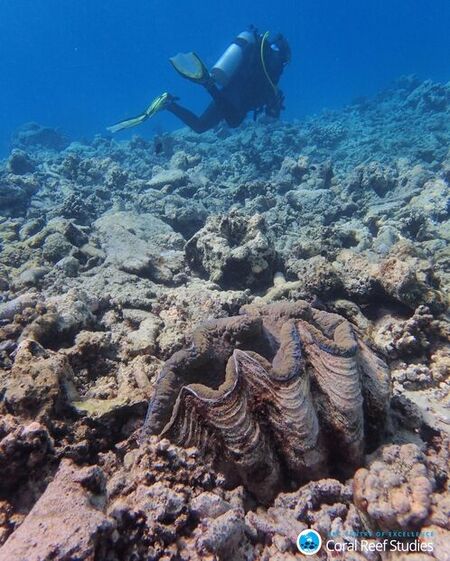Scientists return to the Reef for coral bleaching update
Six months after a coral bleaching event impacted the Great Barrier Reef, researchers from James Cook University have returned to gauge the progress of ecosystems in 83 locations.

Coral in the central and southern Great Barrier Reef has recovered and regained its colour after this year's severe bleaching event.
But the worst hit areas in the northern parts of the Reef are not so lucky.
That's the verdict of James Cook University scientists who are back on the Reef inspecting the progress of bleached coral six months after they were first studied.
Teams of researchers from the ARC Centre of Excellence for Coral Reef Studies at JCU are surveying the same 83 reefs they studied in March this year at the height of the bleaching event.
The issue of coral bleaching has attracted global attention and sparked a war of words between scientists, environmentalists, the tourism industry and peak management group Great Barrier Reef Marine Park Authority.
GBRMPA boss Dr Russell Reichelt last week said fear-mongering over the health of the Reef was "disempowering" for everyday citizens who wanted to help protect and preserve the natural wonder.
Early findings by JCU researchers six months after the bleaching event:
- Reefs in the central (Cairns region) and southern half of the Reef were only lightly bleached and remain in good condition
- On reefs close to Lizard Island, the amount of live coral has fallen from around 40 percent in March to under 5 percent now
- Full results to be released in mid-November
Dr Greg Torda recently returned to reefs near Lizard Island following his surveys of the area six months ago.
“Millions of corals in the north of the Great Barrier Reef died quickly from heat stress in March and since then, many more have died more slowly,” Dr Torda said.
“Six months after the peak bleaching, the corals now have either regained their algal symbionts and survived, or they have slowly starved to death without the nutrition the algae provide to them.
“On the reefs we surveyed close to Lizard Island, the amount of live coral covering the reef has fallen from around 40 percent in March, to under 5 percent now.

Dr Andrew Hoey, who is currently working from Lizard Island Research Station, said the coral weakened in the bleaching event were vulnerable to disease and coral predators.
“In March, we measured a lot of heavily bleached branching corals that were still alive, but we didn’t see many survivors this week,” Dr Hoey said.
“On top of that, snails that eat live coral are congregating on the survivors, and the weakened corals are more prone to disease. A lot of the survivors are in poor shape.”
“As we expected from the geographic pattern of bleaching, the reefs further south are in much better shape,” says Professor Andrew Baird who led the re-surveys of reefs in the central section of the Great Barrier Reef.
“There is still close to 40 percent coral cover at most reefs in the central Great Barrier Reef, and the corals that were moderately bleached last summer have nearly all regained their normal colour.”



